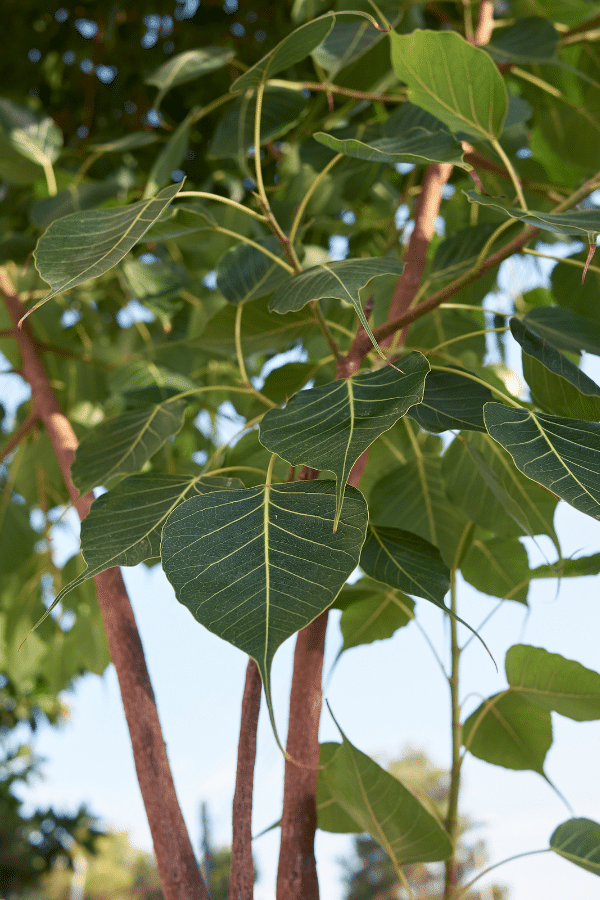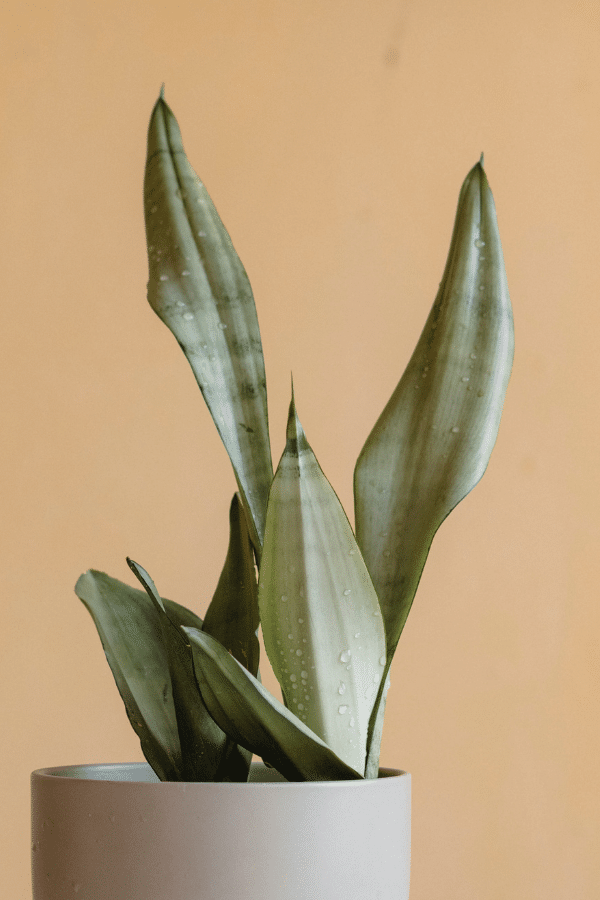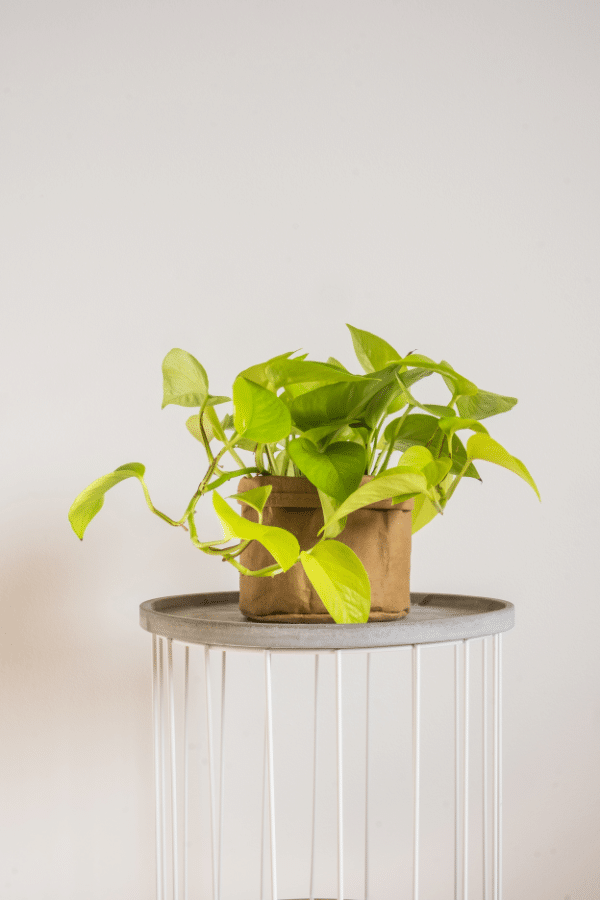Snake Plant
Scientific Name: Dracaena Trifasciata
Common Name: Snake Plant, Mother-in-Law Tongue
The Snake Plant, Dracaena Trifasciata, is one of the most popular houseplants that you will find in numerous households around the world. If you want to grow a thriving Snake Plant, you need to understand snake plant care. In this article, we will go through everything you need to know about how to care for snake plant from the history of the plant to common care and propagating Snake Plant. Up until 2017, the Snake Plant was known as Sansevieria, now it is classified as a Dracaena Trifasciata.
The Snake lant is a evergreen perennial succulent. Yes, this tall gorgeous houseplant is actually classified as a succulent. It is one of the highest oxygen-producing houseplants. The Snake Plant gives off the oxygen mainly at night, making it a great bedroom houseplant.
Let’s dive deeper into how to care for Snake Plant.
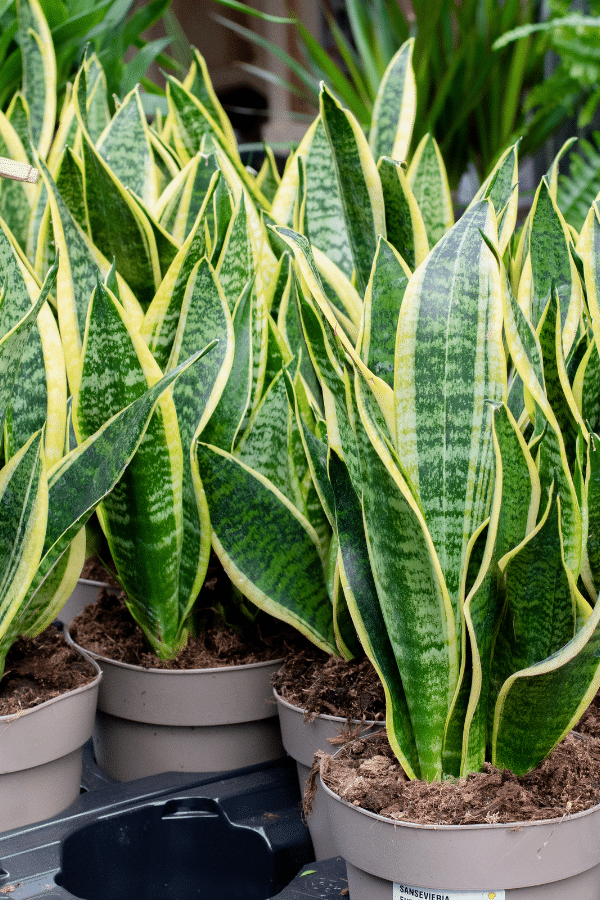
Snake Plant History
Snake Plants are originally from West Africa with mild to hot temperatures and a dry environment. Emulating this environment as a houseplant will help the plant to grow well.
Snake Plant Identification
The Snake Plant can be identified as having stiff, tall, dark green with yellow-accented leaves. It can grow up to 4′ tall. Snake Plants look great on nightstands, side tables, or anywhere you have space to fit the size of your snake plant.
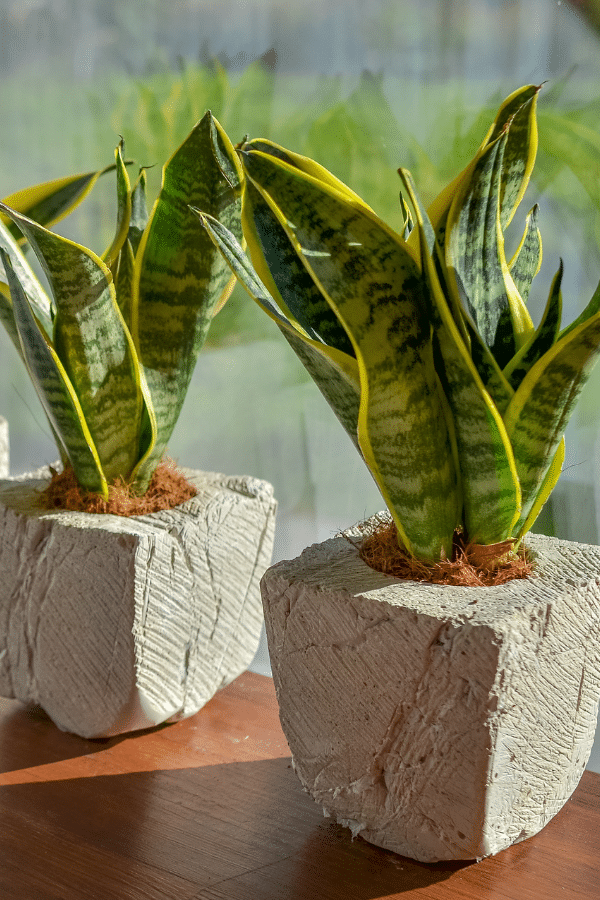
Snake Plant Toxicity
The Snake Plant is mildly toxic. It contains saponins, which can lead to stomach issues if consumed by cats and dogs.
Toxicity to Humans
This plant is mainly toxic if ingested and usually safe to touch, but the liquid it holds can cause irritation to the skin, so wear gloves or wash your hands after handling this plant. Be sure to keep children away from it.
Toxicity to Cats & Dogs
If the Snake Plant is ingested by cats or dogs, it can cause diarrhea, nausea, and vomiting. Keep this plant away from curious cats and dogs.
Snake Growth Facts
Snake Plants are known for their easy care, meaning minimal waterings and minimal lighting. Know that the Snake Plant will cease growth in winter and does all of its growth in the spring and summer time.
How Big Does a Snake Plant Get?
The Dracaena Trifasciata can grow up to 4’ tall and 8” wide. You will see all of its growth during the spring and summer. The Snake Plant goes dormant in winter and does not grow at all.
Snake Plant Care
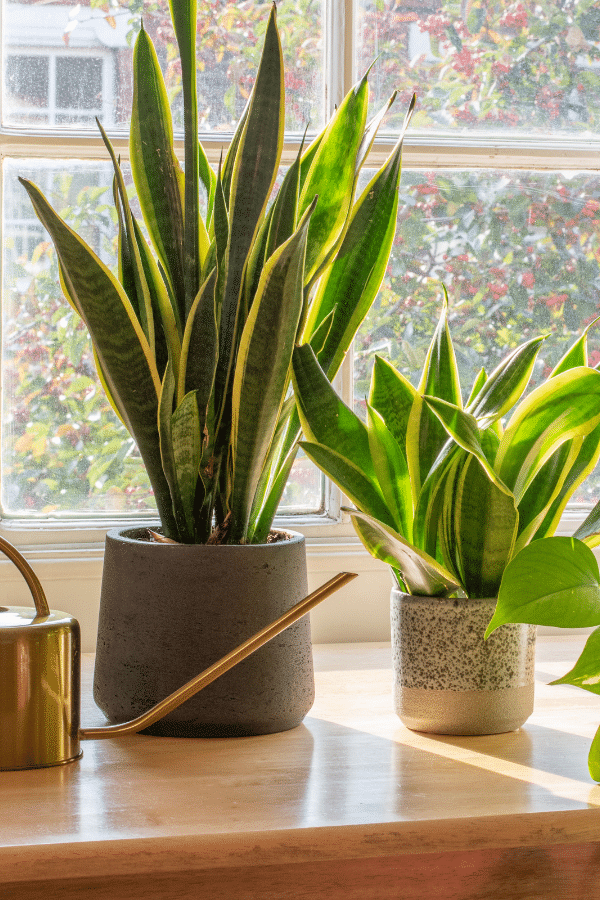
Best Soil for Snake Plant
If you want to grow a good plant, it’s important to know about snake plant soil. Well-draining houseplant soil will be the best soil to use for a snake plant as it’s prone to root rot. In addition, a porous pot, like terra cotta will be better than a plastic pot so it has proper drainage. If you feel like mixing your own snake plant soil, then use 2 parts perlite, 1 part peat moss, and 1 part potting mix.
Snake Plant Fertilizer
These plants don’t need much food to grow. But if you want them to grow faster, giving it fertilizer in spring and in summer will help speed up the growth process. Be sure to space out the fertilizer 3 to 4 months and remember to never fertilize houseplants during winter.
Snake Plant Watering
Snake plants are prone to root rot so be sure you are not overwatering them. Water once every two weeks and be sure the soil is dry before watering again. When watering, water completely, allowing the water to come through the drainage holes at the bottom. In winter, you can cut back waterings to once every 3 weeks or even once every month. Again, this is depending on the dryness/wetness of the soil.
Snake Plant Light Requirements
Being a succulent, this plant can do well in low light, medium light, or full sun. Be careful not to place it in direct sun all day as that can scorch the leaves. Place near an east-facing window so it gets sun in the morning, this will help to prevent burning the leaves.
Snake Plant Temperature & Humidity
The snake plant likes high temperatures around 55F and up to 85F. This plant does not need misting as it prefers a dry environment, making it perfect for a winter houseplant.
Snake Plant Maintenance & Pruning
If your snake plant looks healthy, there’s no need to prune it. If there are stems following over, then it could probably use some pruning to maintain the plant to its fullest. If you need to prune it back, use clean scissors and cut the stem as close to the soil as possible. This will help to keep the overall cohesiveness of the plant intact.
Remember, if the cuttings you take from the snake plant are healthy stems, you can propagate them which we talk about more in-depth in the next section.
Snake Plant Propagating
Propagating snake plants in water is certainly possible. The trick to propagating snake plants is to cut the leaves close to the soil and then cut them in a V shape on the bottom, then stick that in clean water. The V shape will help more roots to grow.
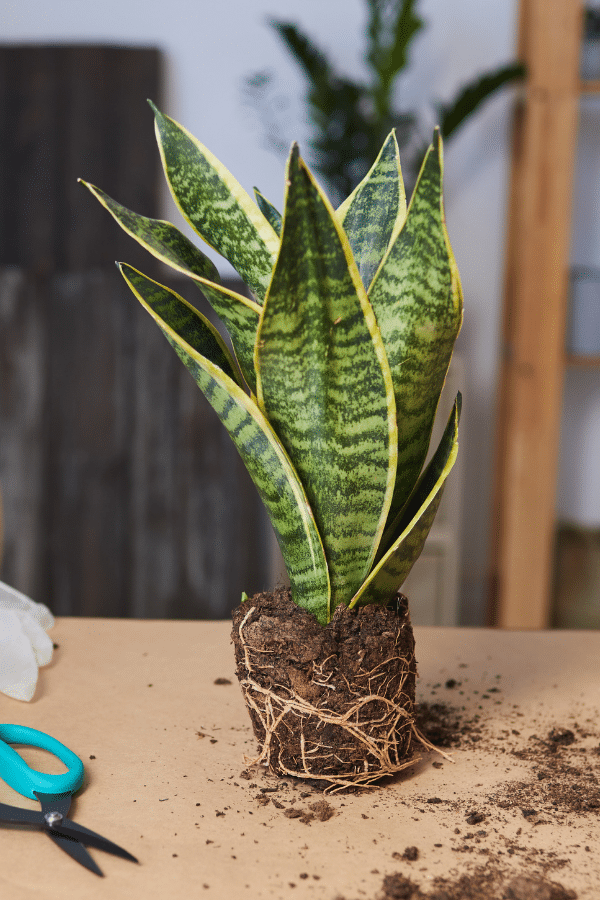
Snake Plant Problems
Snake Plant Diseases
Root rot affects snake plants. Snake plants do not need much water since they are a succulent. If you dig down deep into the plant and find the roots, you can identify root rot by mushy brown roots. If that’s the only sign of root rot, you may be able to repot in a porous pot and be able to correct the disease. If there’s yellow leaves that are drooping, the root rot is more severe and will be much harder to get rid of the disease, if at all.
Snake Plant Pests
Mealybugs and spider mites are common pests that affect the snake plant. Take pest infestations as a case-by-case basis. Some plants can be controlled if infected, while others may be better if thrown out to not infect other plants that are close by.


